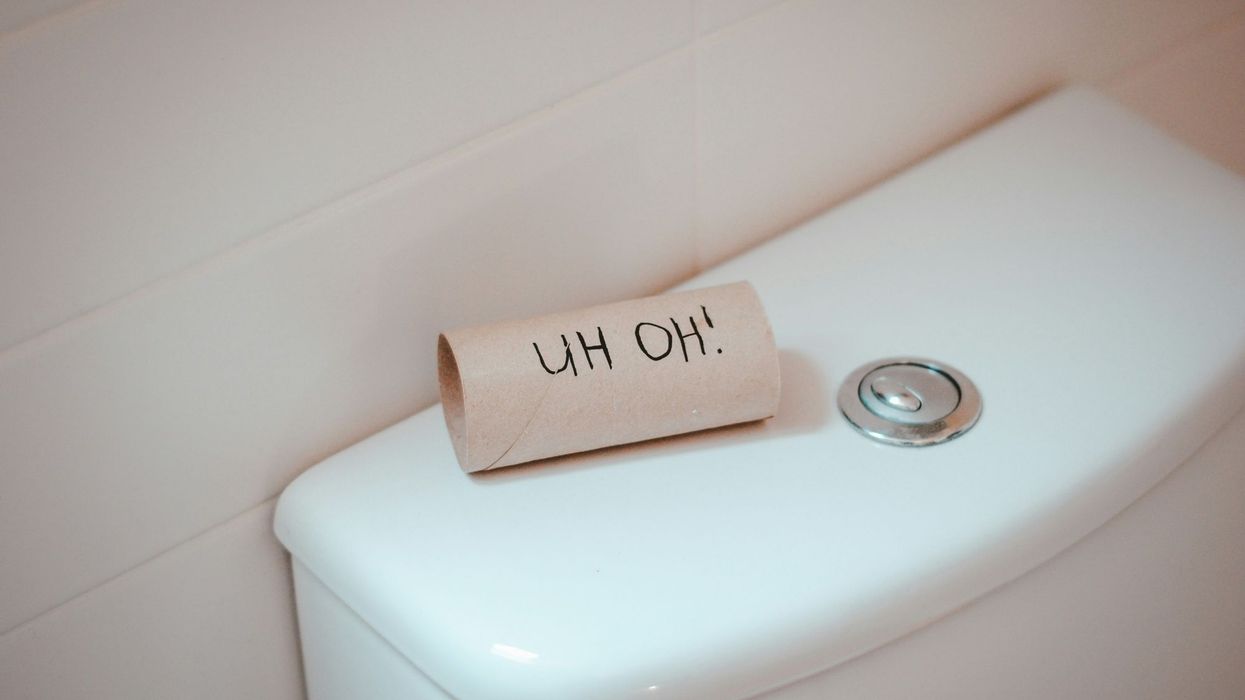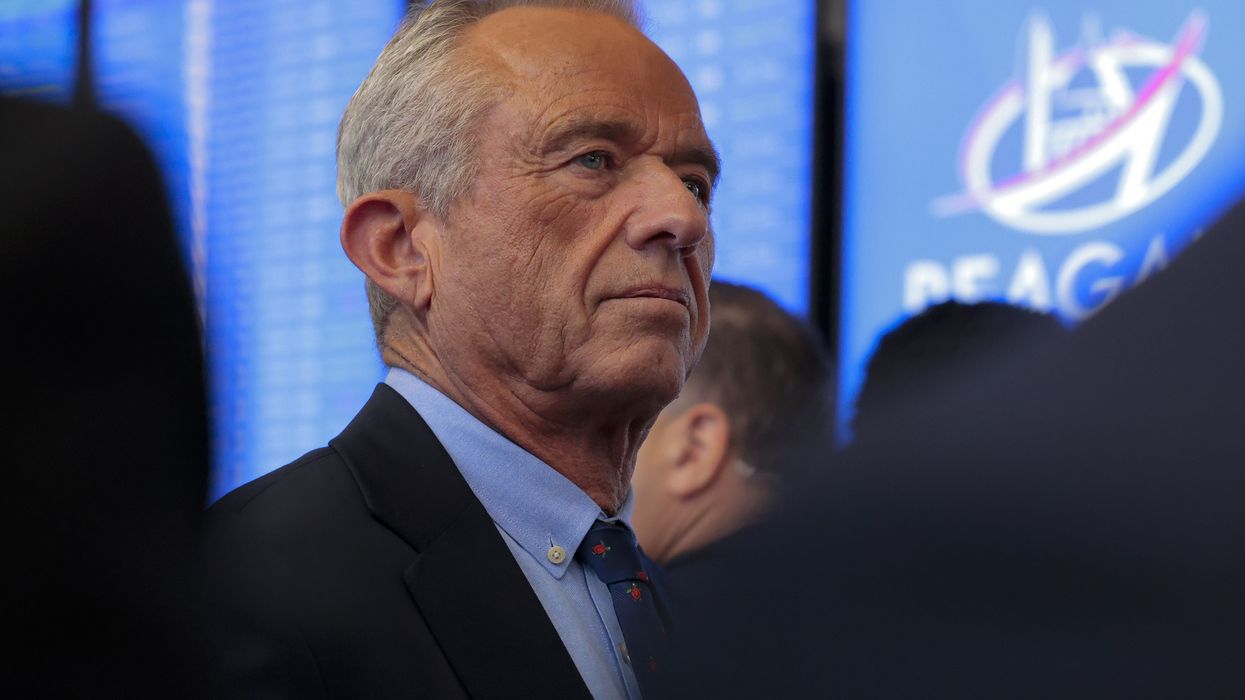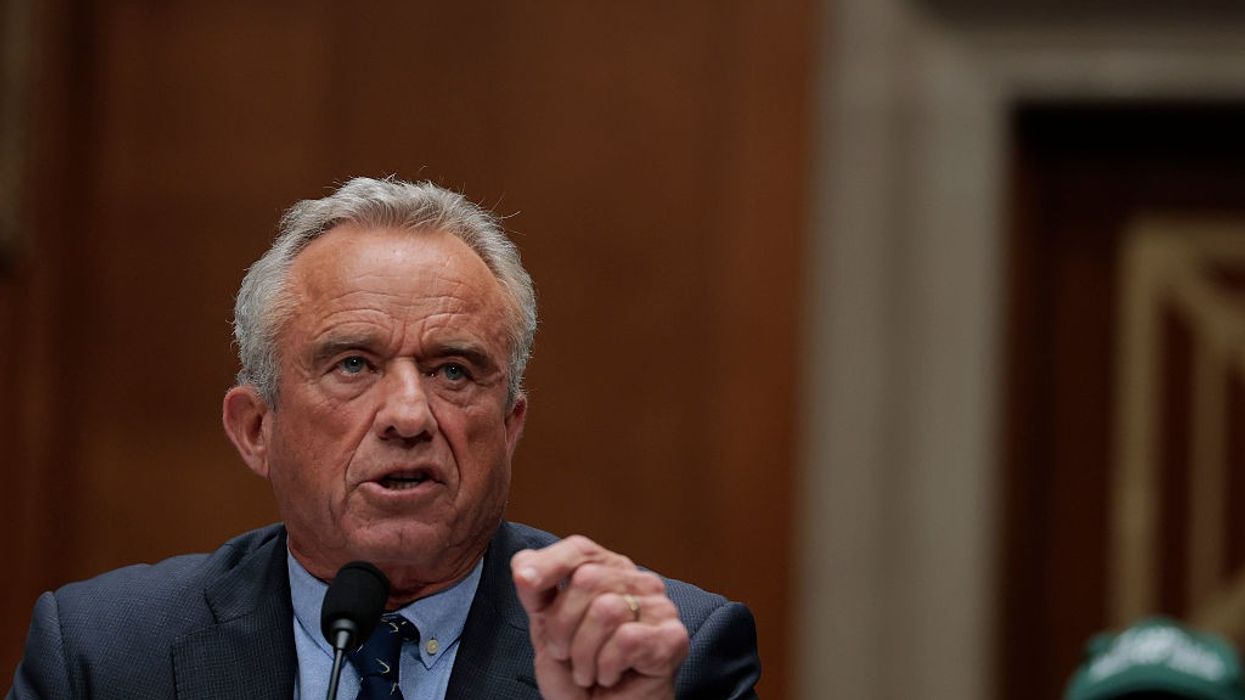We Need to Get the Private Healthcare Incentives Out of Our Hospital Bathrooms
An attempt to procure toilet paper and face tissues during a hospital stay illustrates everything that's wrong with the US healthcare system.
Have you ever seen quality toilet paper in a hospital restroom? Seriously. Most of the time, we are all just damned lucky if we have a clean bathroom in the patient’s room, and we all know the situation with most hospitals’ public restrooms (yuck).
Decent toilet paper seems to be a small request to make of your hospital given that the status of our bodily functions (digestive issues or issues causing digestive issues) is often the reason for hospitalization. And sometimes we must get well enough to have our digestive systems functioning to be released. The health industry earns massive profits—so much more in daily charges than any hotel room you or I have ever imagined staying in—and yet the decisions made about our most basic comforts related to personal hygiene don’t reflect those profits at all.
With Congress deciding to dump the Affordable Care Act subsidies, hospitals will have to tighten their belts even more to retain their precious profits, so I doubt we will be getting Charmin and Puffs any time soon.
Well, most hospitals secure their cheap, one-ply toilet paper under lock and key. I couldn’t believe it, though you’d think I would by now. Like they are guarding gold at Fort Knox, the hospital corporations protect their toilet paper and paper towel assets more than they protect patients by locking up the worst and cheapest paper products they could secure. Having extra replacement rolls anywhere seems really a stretch for these facilities too. And if the staff who hold the keys are not at work or if the hospital is short-staffed like many are these days, getting paper products may be on you. It sure was for us, and HCA Healthcare is true to that trend of cutting corners on one of the items that “touches” patients and their families.
Not having toilet paper to wipe a sore bottom or tissue to blow your nose is one thing. We wonder who buys the supplies for the operating room?
I begged people to find us toilet paper and paper towels—nurses when I could find one, techs when they had one, housekeeping on the days there was one, and even tried teasing that I’d bring it from home. The first day we got by, but by the fifth day we were weary of the begging and saying, “Pretty please” to anyone who looked like they might give a damn. No one did until one young man cleaning an empty room figured out that if I was asking for his bucket and mop, I might need help somewhere. He was getting that empty room ready to fill again with more revenue—a new patient—no time for him to attend to patients already in a room languishing without needed services and no toilet paper.
I sent messages through the patient portal because no one answered any admin lines for patients and families. Surprise, surprise, surprise.
MyHealthONE Help Desk
Please get my husband paper towels & TP in his bathroom and clean the room
You
(Sent) 8/9/2025
at 5:02 pm
We know it's a weekend, and we are very sorry its hard to staff the hospital appropriately for that, but I'd like my husband to have paper towel and toilet paper in his bathroom so I do not have to provide paper products to him from outside PSLs in Denver. I need a mop and cleaning supplies to clean his room as well. I'll do it because yesterday, Friday, only one tech had to cover the floor, one cleaning person stuck her head in and said it looked good, and today it is gross. Just gross. My husband has tried to clean his own bathroom several times. If he is hurt doing that, I fear the problems that will create for him. Please help us. Please.
I hope you will follow here that if they will do this with basic supplies and services, my friends, what do you think they do with all the other purchases they make to run the hospital?
I’m sharing my DoorDash receipt copy below as a cautionary tale:
Door Dash Order Complete
Saturday, August 9, 2025 at 5:42 pm
Enjoy!
Your Dasher: [Redacted]
Total $19.79;
Retail Delivery Fees $0.29
Delivery Fee $2.99
Service Fee $3.00, $.99
Estimated Tax $1.66
Dasher Tip $5.00
Total $27.73
Payment
[Redacted] · 8/9/2025 · 5:26 pm
$27.73
Address
1719 E 19th Ave
Denver, CO 80218
Instructions: I will meet you at the curb of the Main entrance, main lobby of PresStLukes Hospital. You need to hand this order directly to me.
I sat in the lobby of a health industry behemoth that made more than $600 million in clear profit last year and received my delivery order. Exhausted from being the unpaid staff of the hospital—Presbyterian St. Lukes in Denver, an HCA Healthcare facility—at least I had tissue to wipe my nose that didn’t leave me raw and bleeding like their protected paper did. I cried a lot, and no one had a tissue. Patients are not given facial tissue anymore nor are they given other personal hygiene items. It must be an expense they just couldn’t justify.
None of this ought to make you feel safe. Not having toilet paper to wipe a sore bottom or tissue to blow your nose is one thing. We wonder who buys the supplies for the operating room? The neonatal intensive care unit? Do they cut those same corners with everything? What do you think?
The only way out of this mess is to finally pass universal single payer, improved and expanded Medicare for All and get the profit incentives out of our hospital bathrooms. Please.


